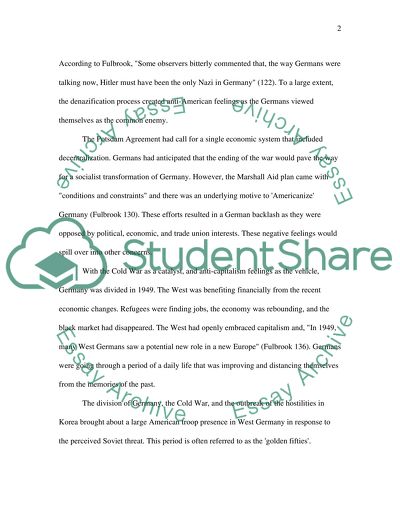German-American Relations and Attitudes: 1945-1960 Assignment. Retrieved from https://studentshare.org/history/1528452-sex-society-in-postwar-germany-essay
German-American Relations and Attitudes: 1945-1960 Assignment. https://studentshare.org/history/1528452-sex-society-in-postwar-germany-essay.


